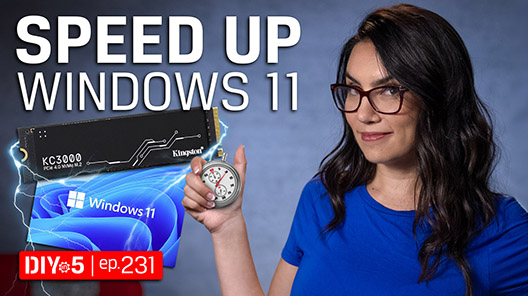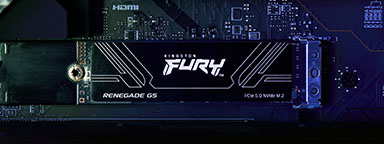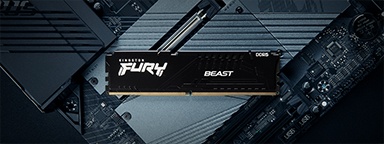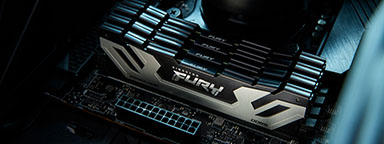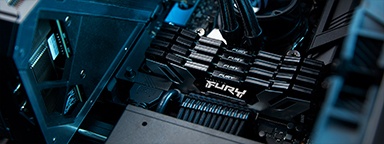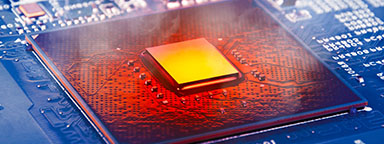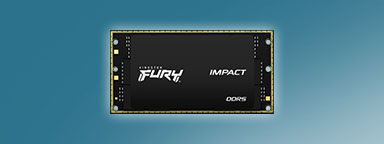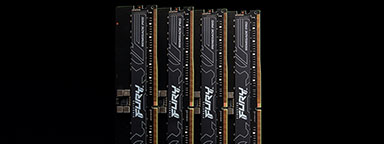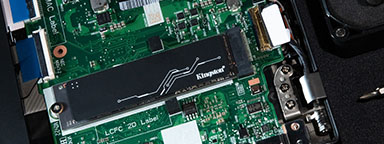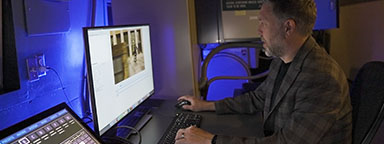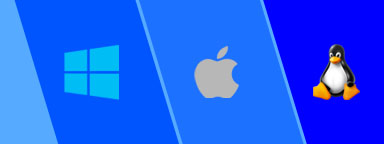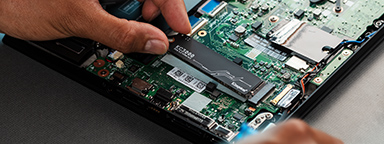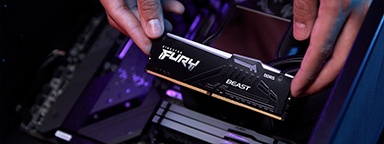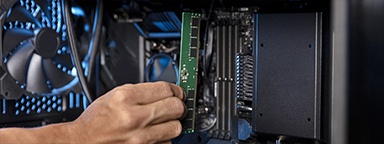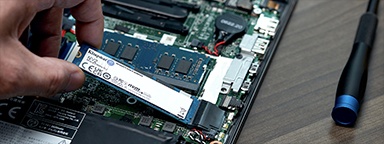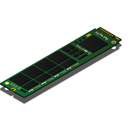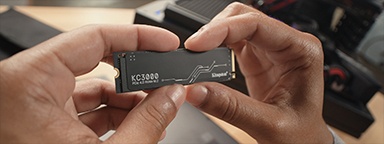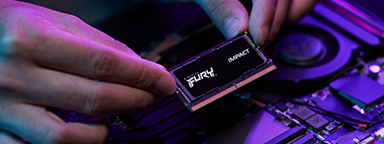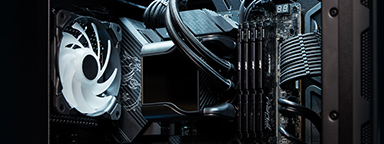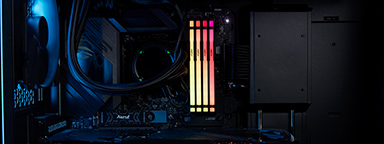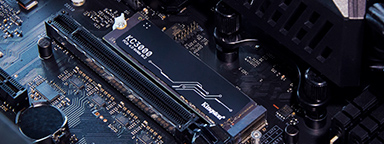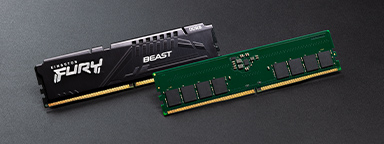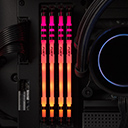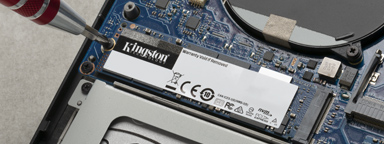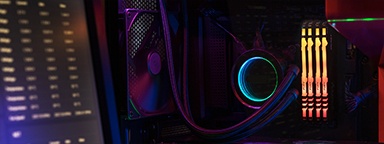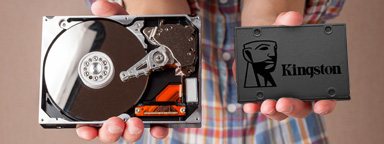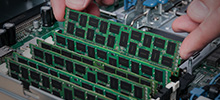
The latest iteration of Microsoft Windows, the world’s most popular operating system, brings new opportunities and functionalities for users, but also introduces new challenges for the systems running it. Windows 11 is the most demanding version of Windows in terms of system requirements, and older, lower-powered computers might struggle to meet all its needs. That said, even the most casual user can configure their OS to optimize its performance and speed up their PC. Kingston has compiled some of the steps users can take to speed up Windows 11 below.
Download Windows’ latest updates
One of the best ways to achieve optimal performance with Windows 11 is to ensure that you have the most up-to-date version. You can check for updates and device drivers by going to Start, then Settings, Windows Update, and Check for Updates. Download and install any updates that are available, and make sure to restart your computer once they’re installed. If there are optional updates available, you can get them by going to Start, Settings, and Windows Update as before, then Advanced Options and Optional Updates. Select any additional updates, if they’re available, then download and install them. Restart your PC afterward to see if you notice any improvement in your system’s performance.
Beyond Windows updates, keeping your motherboard and GPU drivers up to date is essential for Windows 11 to function at its greatest potential. It's also recommended to visit your motherboard/system manufacturer's website to ensure you have the latest BIOS, chipset, and driver updates that Windows update may have missed. Additionally, if your system has a dedicated GPU, check your GPU manufacturer’s website (Nvidia, AMD or Intel) to install the latest graphics drivers which can enhance system stability and performance. Regularly updating your system, drivers, and firmware can ensure compatibility and help maintain peak efficiency.
Free up memory and storage
Windows 11 offers built-in tools and resources that can help optimize your system’s memory and storage. Here are a few tools and tips you can use to maximize your Windows performance:
- Storage Sense: Automatically deletes temporary files and manages cached data to prevent disk clutter from slowing system read/write speeds, keeping free space optimized. Go to Settings > System > Storage, toggle it on, and schedule it weekly for maximum benefit.
- Disk Cleanup: Frees gigabytes by clearing temporary files and old update caches, reducing disk I/O strain for better responsiveness. Search 'Disk Cleanup,' select your drive, check items to remove, and use 'Clean up system files' for more.
- Task Manager & Resource Monitor: Identifies and helps you pinpoint resource-hogging apps and bottlenecks that can slow your system down. Open Task Manager with Ctrl + Shift + Esc to end unnecessary tasks, then navigate over to the Performance tab and launch Resource Monitor to diagnose further bottlenecks with detailed metrics and process-specific information.
- Disk Defragmentation (For HDDs only): For those with platter Hard Drives (HDDs) in their system, defragmenting your drive can help tidy up your drive by reorganizing fragmented files into contiguous blocks and slash seek/read times for faster data retrieval. SSDs don’t need this due to flash memory’s TRIM optimization. To get started, Search 'Defragment and Optimize Drives,' select your drive, and click Optimize to execute.
- Close Apps & Tabs: Free memory by closing browsers and unneeded apps for smoother performance. Alternatively, restart and open only essential programs and tabs. Check Task Manager to spot high-memory culprits, close them manually, or reboot your system via the Start menu.
- Uninstall Unused Apps: Removes unneeded programs to free disk space and cut background drain, boosting efficiency. Go to Start > Settings > Apps > Installed Apps, sort by size, and uninstall via the More icon, then restart.
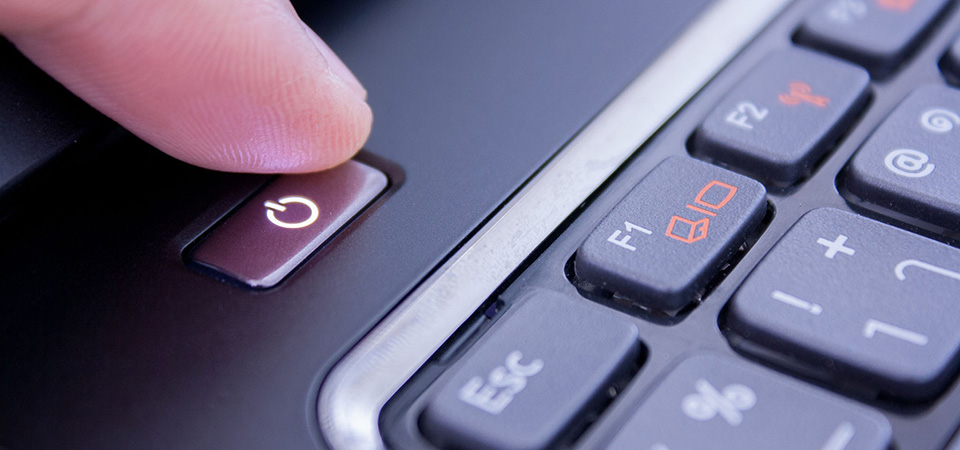
Disable unwanted processes
Disabling unnecessary startup programs can free up memory on your computer, particularly for recreational systems. Many programs are configured to launch automatically when Windows starts, which is convenient only if they’re actively being used. You can identify unwanted startup programs in several ways. First, check on the far right of the taskbar to see the program icons. Hovering over them will give you their names. You can also go to Start, Settings, Apps, and Startup. In the Startup Apps area, you’ll find the complete list of programs that start up every time you boot Windows. You can set up a program to Off if you want to disable it.
Similarly, getting rid of viruses and malware can improve your system’s performance and make Windows run more smoothly. Even with precautions, a PC can become infected with malicious programs. Windows Security can help keep your computer in the clear, though. Go to Start, Settings, Privacy & Security, Windows Security, then Open Windows Security. Choose Virus & threat protection, then Protection updates under Virus & threat protection updates. The Protection updates screen has a Check for updates option you should choose to ensure you are up to date on security patches. Once this is taken care of, select Virus & threat protection, then Quick scan. Windows Security will scan your PC for viruses and malware. After this, you can run the advanced scan, or if a virus or malware was found that Windows Security can’t remove or quarantine, contact Microsoft Support.
Another security option is Microsoft Defender Antivirus. Save your documents, then go to Start, Settings, Privacy & Security, Windows Security, then Open Windows Security. Select Virus & threat protection as before, but then under Current threats select Scan options then Microsoft Defender Antivirus (offline scan). Choose Scan now. This will restart your system, and the utility will run and scan for viruses and malware. This may take up to 15 minutes, followed by your PC restarting again.
Disable cosmetics and superfluous utilities
Windows 11, has a graphic load greater than any of its predecessors. Its shadow and animation effects can tax system resources and slow down your PC, especially if your system is low on RAM. To mitigate this, select Search, enter the term ‘performance’, then on the list of options select Adjust the appearance and performance of Windows. On the Visual Effects tab, you can select Adjust for best performance, then Apply. See if that improves your PC’s speed by restarting it. Alternatively, you can manually disable individual effects in the Visual Effects tab by unchecking the boxes. The effects that have the largest impact on system performance include:
- Animate windows when minimizing and maximizing
- Animations in the taskbar
- Show shadows under windows
- Fade or slide menus into view
- Fade or slide ToolTips into view
- Fade out menu items after clicking
OneDrive offers utility to Windows 11 users, but the syncing it requires with your PC can slow things down. Find OneDrive on the taskbar. Select it, choose Help & Settings, then Pause syncing. You have the option of setting how long you want OneDrive to stop syncing files for. Once you are satisfied, restart your system to see if this improves performance. You can resume syncing by going back to OneDrive’s Help & Settings and choosing Resume syncing.
You may be able to speed up your system by setting up commonly used apps to run in Efficiency Mode. Enter Task Manager by pressing Ctrl-Shift-Esc and click the Processes icon on the left bar (it looks like three squares in a grid). You’ll see a list of apps and processes that are currently running on the computer. To put an app into Efficiency Mode, select it then click the Efficiency Mode icon at the top-right of the screen and confirm. Not all apps can be put into Efficiency Mode, and some use it by default.
Search indexing is a double-edged sword. Windows 11 uses it in the background to search your PC more quickly. However, this process requires resources that slower PCs might not be able to spare. Turning it off can boost performance. To turn off search indexing, use the search icon on the taskbar at the bottom of the screen to type in services.msc, then press enter. You should see the Services app. Find either Indexing Service or Windows Search in the list, then double-click that service and on the screen that appears, click Stop. You will need to restart your computer to assess the difference. The trade-off could be that your searches are slightly slower but general performance is faster.
It's possible to only turn off indexing for files in certain locations, so that your most common searches are unaffected. Instead of services.msc, type index in the search bar, then click the Indexing Options result. You should see the Indexing Options page of the Control Panel. Click the Modify button to see which locations are being indicated. You can uncheck the box next to a location, such as Microsoft Outlook, and that location will no longer be indexed.
